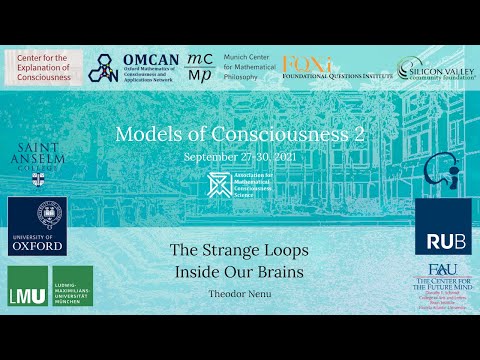Description:
Explore the intriguing concept of strange loops in human cognition in this thought-provoking conference talk. Delve into a critical examination of Douglas Hofstadter's analogies between Kurt Gödel's First Incompleteness Theorem and consciousness. Investigate the potential limitations of using mathematical logic to explain mental phenomena. Analyze the concept of tangled hierarchies and their relevance to understanding the mind. Examine Escher's Drawing Hands as an example of an illusory loop. Unpack Hofstadter's ideas on symbols, self-symbols, and mental causation. Question the necessity of sophisticated metamathematics in explaining consciousness. Consider alternative perspectives on high-level phenomena and abstract causes in cognitive science. Reflect on the implications of these ideas for our understanding of the mind-body problem and the nature of consciousness.

The Strange Loops Inside Our Brains
Add to list